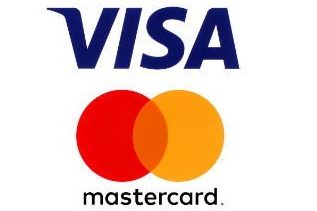There have been many changes in the world of one of my favourite pet subjects: prepaid credit cards.
Several dynamic products have come onto the scene, while others have followed in the paths of their less-illustrious cousins by cutting the benefits available to cardholders.
While some of the devaluations which have occurred might be disheartening, the slew of new prepaid payment products bears consideration. Indeed, there’s a degree of hidden value if you’re willing to think outside the box and look for it.
Commonalities of Prepaid Credit Cards
Before we get into the specifics, let’s revisit what a prepaid credit card is and why we should care about them.
First, as the name would imply, prepaid cards are paid in full in advance. You need to load the card before using it, usually via linking your bank account or by using Interac e-Transfer, Visa Debit transactions, or direct deposit. This makes prepaid cards a bit like a chequing account.
However, unlike a chequing account, you’re not required to follow any kind of ancient and byzantine set of regulations about minimum balances, nor are you required to pay any kind of fees.
Even better, unlike traditional bank accounts, I haven’t once received a hard pull to my credit score to open an account.
Second, prepaid cards still function like credit cards, because they’re still integrated into the Visa or Mastercard networks. This allows them to work with lightning speed.
Prepaid cards differ from regular credit cards because they don’t require the issuer to lend you significant amounts of money. Some, like Koho, offer services such as funds advances, but only under specific circumstances.
Prepaids also acknowledge something many of us don’t want to admit: at some point in our lives, most of us were bad with money. The appeal of the prepaid card is that you can load whatever quantity of money you wish to limit yourself to, be it $1,000 or $15.
To support the theme of budgeting, each prepaid provider has a millennial-oriented app to make you feel groovy about paying your landlord. In the app, you can also track your spending by category in a separate tab, so that you can cut yourself off Starbucks when it’s eating into your rent.
The major prepaid card issuers go to great lengths to make these apps faster and more user-friendly than their competitors. This is a bit odd, though, as they’re all underwritten by the same…
Click Here to Read the Full Original Article at Prince of Travel…
